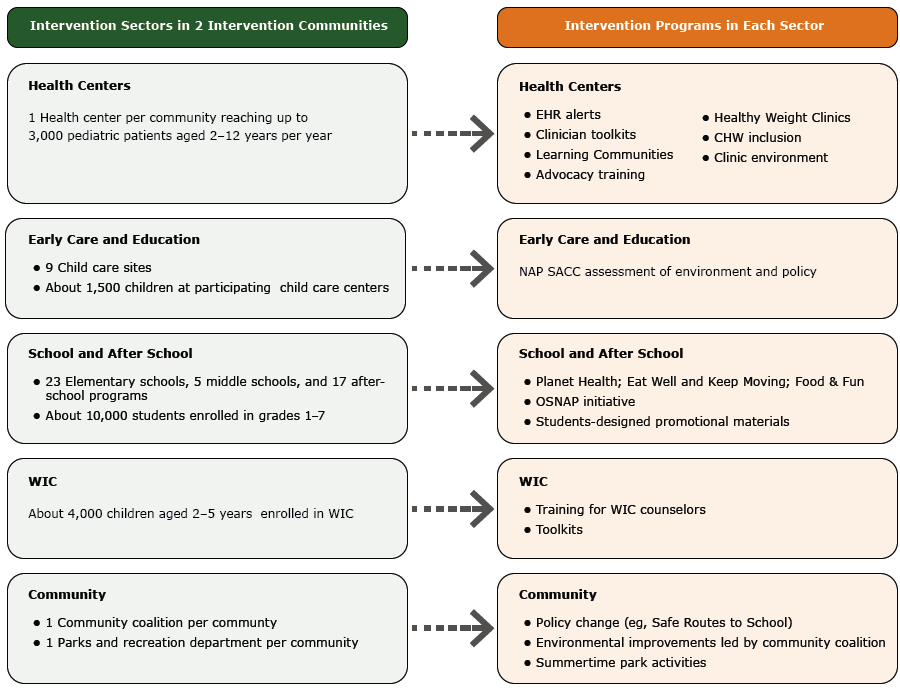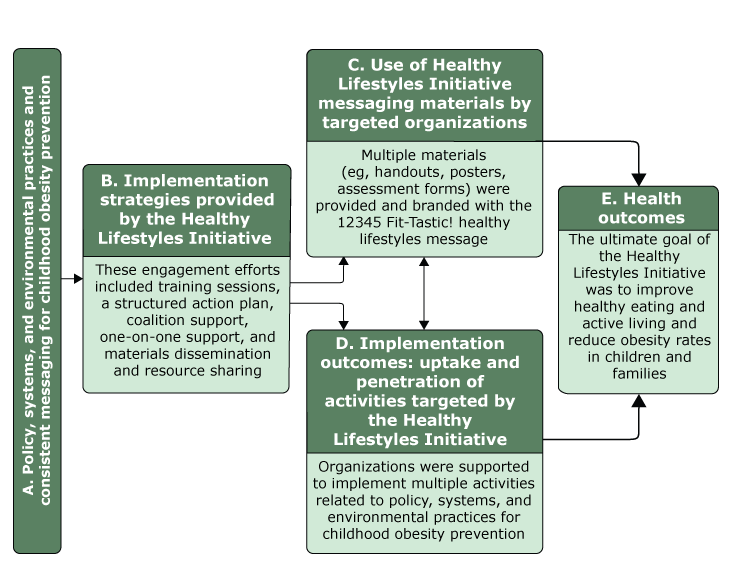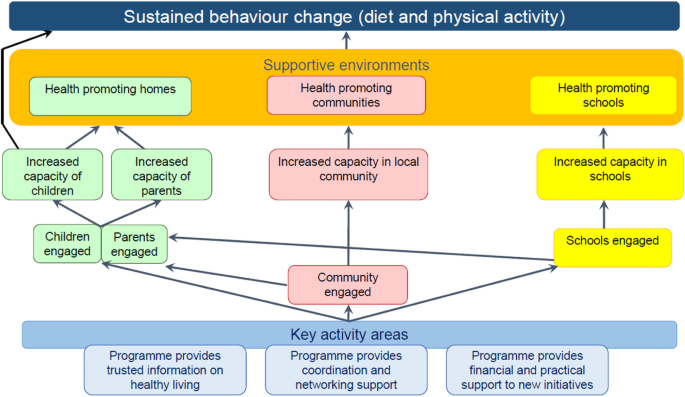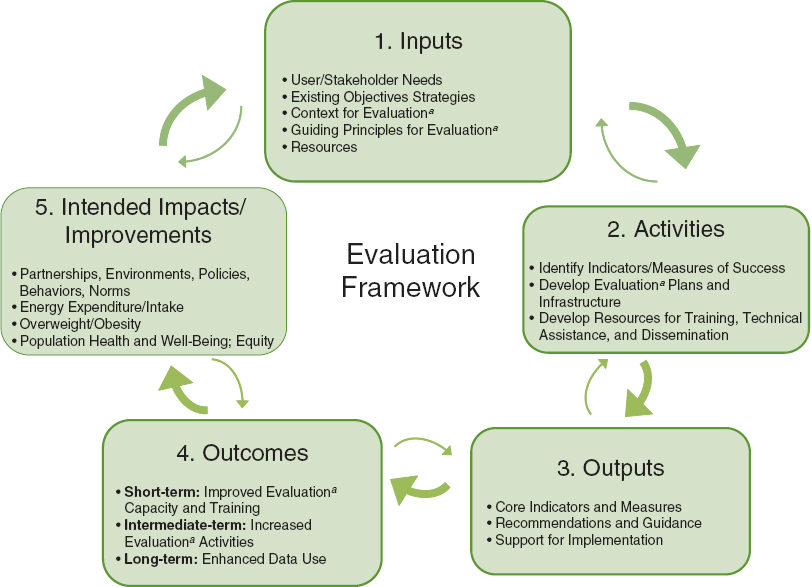How To Create A Community Needs Assessment For Childhood Obesity
In this day and age, the scourge called childhood obesity is stealing not just the innocence but also the health of our little ones — an invisible thief in the night that shortens life expectancy and dampens the vitality of our future generation. In response to this dire situation, let’s take a stand together to build a citadel of health around our children, beginning with conducting an effective community needs assessment specifically addressing this issue. In the following article, we’ll be sharing advice along with concrete steps on how you can put together and implement such an assessment to help keep obesity at bay from touching innocent lives. Let’s together weave a protective net, because every child, everywhere, deserves a shot at a healthy, vibrant life.

Understanding Childhood Obesity
In our journey towards a healthier society, we find ourselves navigating through a complex labyrinth of health issues, and among the most concerning is childhood obesity.
Defining childhood obesity
Childhood obesity, a condition that affects children and adolescents, is where excess body fat negatively impacts a child’s health or well-being. It’s more than just being overweight – it’s a serious condition that can have profound physical and psychological effects. Both the physical and mental integrity of our young ones are at stake, thus the urgency to address this issue cannot be overstated.
Causes and consequences of childhood obesity
Childhood obesity is mainly as a result of a lack of physical activity, unhealthy eating patterns, or a combination of the two. On occasion, however, there can be physical and genetic factors at play. The consequences can be far-reaching, stretching beyond physical health problems like diabetes and heart problems, to psychological issues like low self-esteem and depression. Our society’s future rests on the well-being of its children, therefore mitigating the causes and dealing with the consequences of obesity becomes a collective responsibility.
Current level of awareness and intervention in the community
As communities strive towards creating a healthier environment for children, the level of awareness and intervention varies. Some communities have been able to mount effective campaigns and interventions. However, there remain areas where the specter of childhood obesity is yet to be fully understood or addressed. It’s a challenge that beckons us to take action and weave a safety net for our children’s health, for the communities that foster their growth.
The Importance of Community Needs Assessment
Understanding the situation in each community is critical in addressing childhood obesity. This is where the concept of community needs assessment comes in.
Role of needs assessment in community health
Community needs assessment plays an essential role in understanding the health-related challenges facing a community. These assessments help identify key areas of concern and guide the development of strategies aimed at improving the health and well-being of community members. An effective needs assessment forms the foundation for informed decision making and efficient resource allocation.
Specific benefits for assessing childhood obesity
In terms of childhood obesity, a community needs assessment can help identify the key influencing factors in a specific community, like dietary habits, physical activity levels, and the availability of healthy foods. With this information, unique and targeted interventions can be developed to address the relevant issues.
Case studies or examples of successful use of community needs assessment
Numerous success stories have stemmed from well-executed community needs assessments. For instance, assessment data has been used to redesign playgrounds in areas with high child obesity rates, encouraging more physical activity. School meal programs have been revamped to include more balanced and nutritious options, carefully tailored to the dietary habits of the children in the community. These examples illustrate the transformative impact a community needs assessment can have.

Identifying Key Stakeholders
No man is an island, and no community is either. The involvement of all stakeholders is pivotal in carrying out a successful community needs assessment.
Importance of stakeholder involvement in community needs assessment
Stakeholders provide a diverse perspective and can offer unique insights and specific expertise. They can also promote community ownership and help garner support for any interventions.
Identifying community representatives
Community representatives form an irreplaceable part of the stakeholder group. They’re the people who live and breathe the community – who know its ins and outs – and their participation is integral for a community needs assessment to be successful.
Roles of schools, parents, healthcare providers
Schools, parents, and healthcare providers are vital stakeholders in combating childhood obesity. Schools can encourage healthy eating habits, provide opportunities for physical activity, and educate children about the importance of a healthy lifestyle. Parents serve as role models and caregivers, shaping their children’s dietary habits and lifestyle choices. Healthcare providers can monitor, advise, and treat children threatened by or suffering from obesity.
Setting the Assessment Scope
As we approach the assessment, it is necessary to delineate the scope to ensure its effectiveness and feasibility.
Defining the geographical area
Demarcating the geographical area of assessment is critical in maintaining focus and directing resources effectively. This could be a specific neighborhood, town, city, or even a rural area.
Identify at-risk populations
Identifying at-risk populations aids in addressing the problem more efficiently. Some children might be at a higher risk due to factors like socioeconomic status, genetic history, or cultural practices.
Determining timeframe for the assessment
To obtain a comprehensive and reliable picture of the community’s situation, it’s essential to determine a suitable timeframe. The duration of the assessment needs to be adequate to gather relevant and comprehensive data.

Collecting Vital Data
Data is the lifeblood of a community needs assessment – its breadth and depth allow us to understand and quantify the issues at hand.
Types of data needed for assessment
The data needed for the assessment can vary based on the nature of the problem. For childhood obesity, it could include information on dietary habits, physical activity levels, health statistics, and attitudes towards obesity.
Methods for data collection – surveys, interviews, focus groups
Data collection can take the form of surveys, interviews, or focus groups, each method offering its unique advantages. Surveys allow for large-scale data collection, while interviews and focus groups provide more detailed and personalized information.
Ethical considerations in data collection
Maintaining the highest ethical standards is a must during data collection. Participants’ rights to privacy, informed consent, and anonyminity must be upheld.
Data Analysis Techniques
Analyzing the data is a crucial step that allows us to make sense of all the information collected during the assessment.
Quantitative and qualitative data analysis
Quantitative data analysis homes in on statistical or numerical data. In contrast, qualitative data analysis explores more subjective aspects, like perceptions, attitudes, and understanding.
Utilizing software and technology in data analysis
Software and technology have become indispensable tools in data analysis. They help in organizing, synthesizing and manipulating data, and drawing meaningful conclusions.
Making sense of the data and drawing conclusions
The crux of data analysis lies in drawing meaningful conclusions, identifying trends, and extracting actionable insights.

Determining Community Needs
The analysis leads us to determine the specific needs of the community in relation to childhood obesity.
Identifying patterns and trends in childhood obesity
Identifying patterns and trends provides valuable insights into the prevalent attitudes, habits, and knowledge within the community.
Determine resources available in the community
Assessing available resources like fitness centers, healthy food markets, healthcare facilities and health educators, is instrumental in outlining the intervention strategies.
Spotlighting unmet needs and areas of concern
Highlighting gaps, unmet needs, and areas of concern, assists in formulating strategies that are locally relevant and effective.
Developing an Obesity Prevention Plan
Armed with insights and data, we proceed towards developing an effective obesity prevention plan.
Creating targeted interventions
Interventions should meet the communities’ unique needs and leverage available resources. They could range from health education programs to improved access to sports facilities to healthy food initiatives.
Involving community in the implementation process
Involving the community not only fosters a sense of ownership but also to optimizes resource-use and ensures sustainability.
Monitoring and evaluation mechanisms
Effective monitoring and evaluation systems provide valuable feedback, drive continuous improvement, and ensure the long-term success of the interventions.

Securing Funding for Community Interventions
Securing funds is crucial to implementing any intervention plan.
Importance of funding in public health interventions
Funding is vital for rolling out public health interventions. It is the catalyst required to turn plans into reality, and without it, any intervention is likely to fall at the first hurdle.
Identifying potential funding sources
Potential funding sources can include government grants, donations from the private sector, community funds, and partnerships with health-conscious businesses.
Best practices for writing funding proposals
Writing compelling funding proposals entails conveying the significance of the proposed interventions, articulating the plan clearly, demonstrating the effectiveness and sustainability of the interventions, and showcasing a robust monitoring and evaluation plan.
Implications and Potential Impact
Drafting an assessment plan and securing funds is only the beginning. The real challenge and potential impact lie in the effectiveness of the implemented programs.
Possibility of replicating the model in different communities
A successfully implemented model for combating childhood obesity could serve as a roadmap for other communities facing similar challenges.
Long-term effects on child health and community health
Successfully combating childhood obesity can have a ripple effect on the health of the community, leading to a decrease in chronic diseases, an increase in overall life expectancy, and improved quality of life.
Improving public health policy and health delivery systems
A comprehensive community needs assessment can provide invaluable information to policymakers, not only regarding childhood obesity but about other community health issues as well. This can lead to better-informed policies and more efficient health delivery systems, collectively leading to a healthier future. How wonderful it is to imagine that the children of our communities could inherit such a legacy! Together, we can make it a reality.

